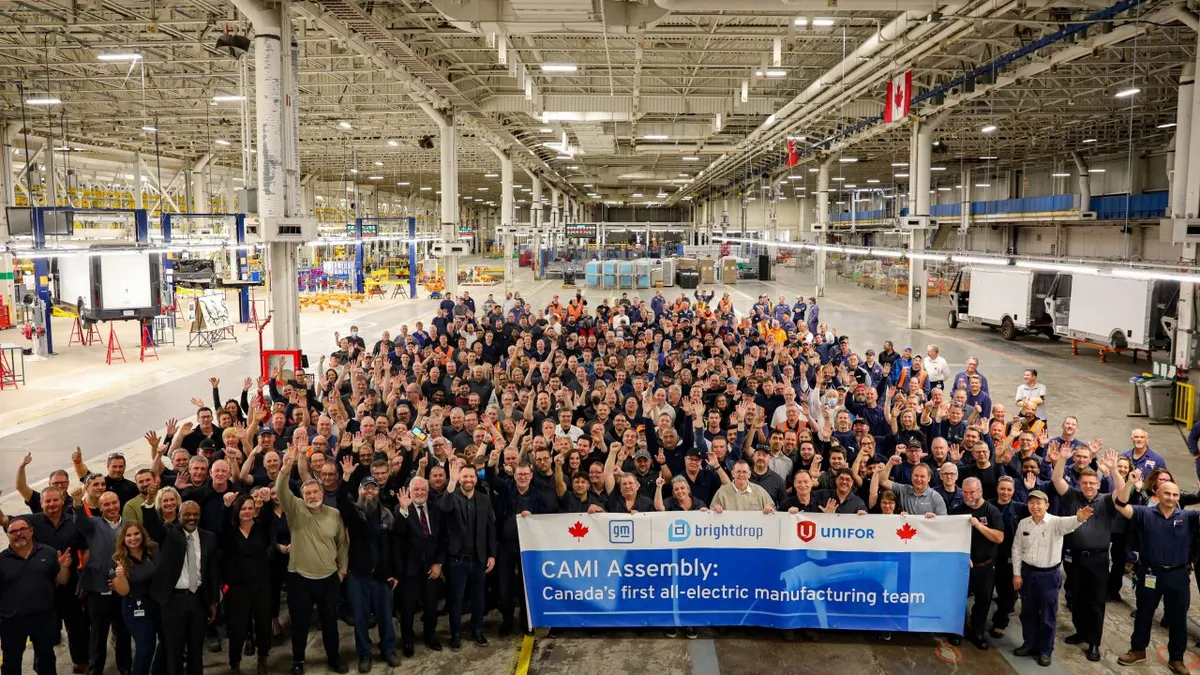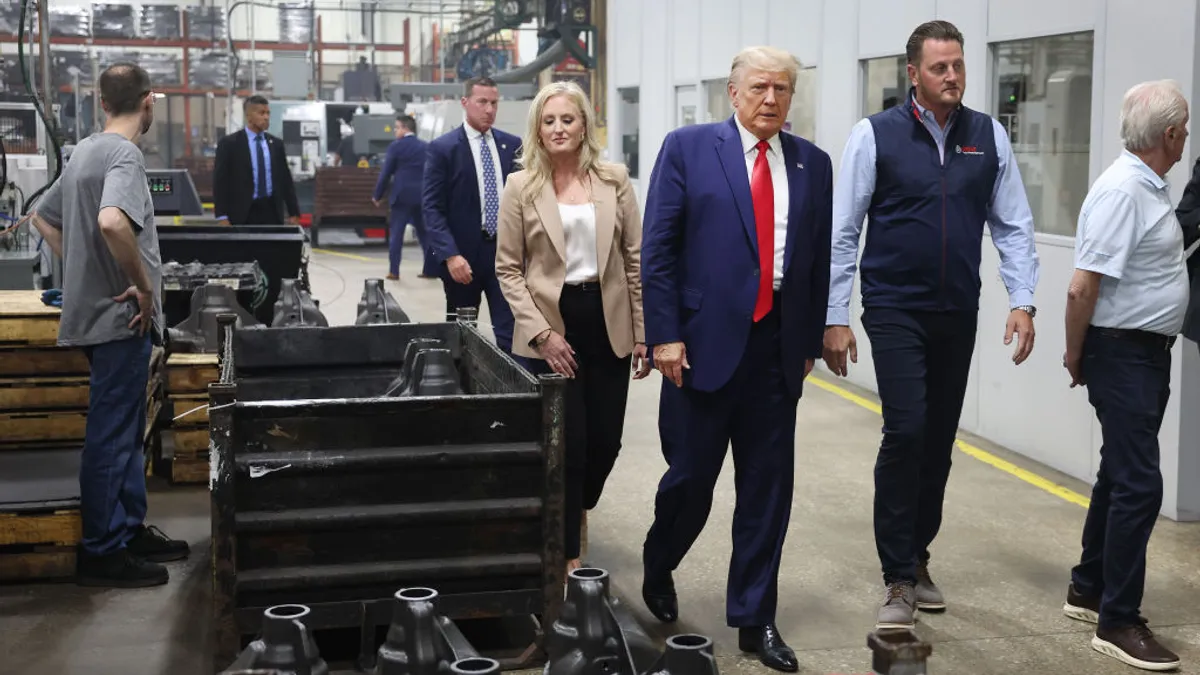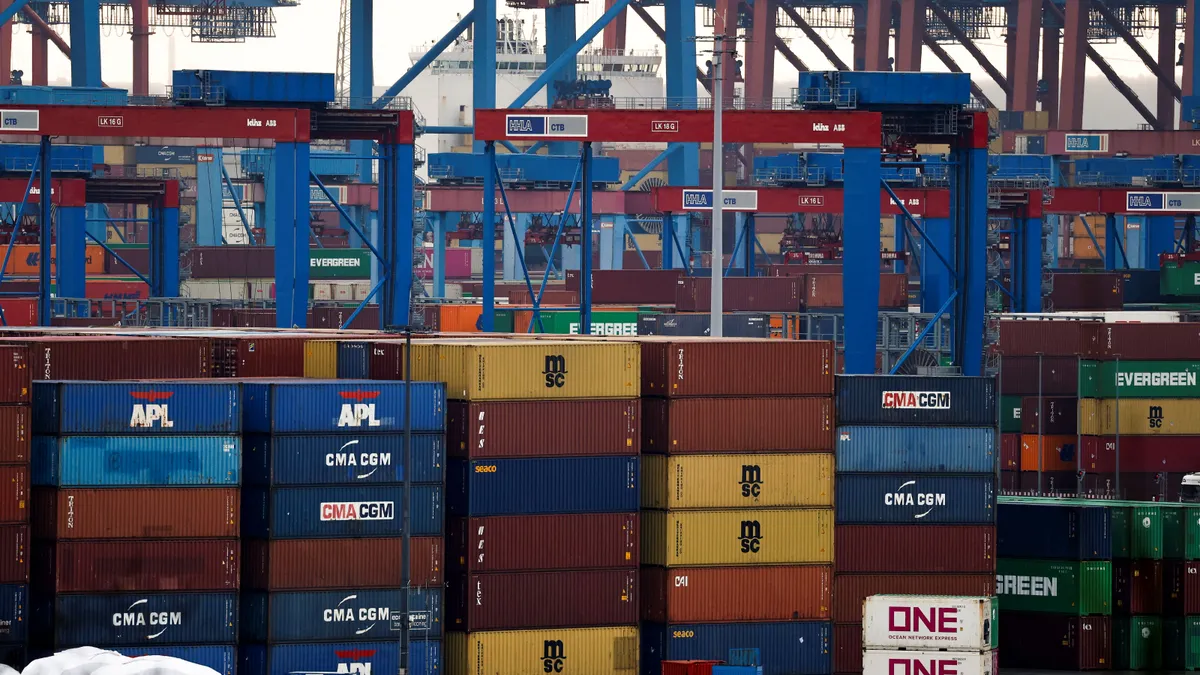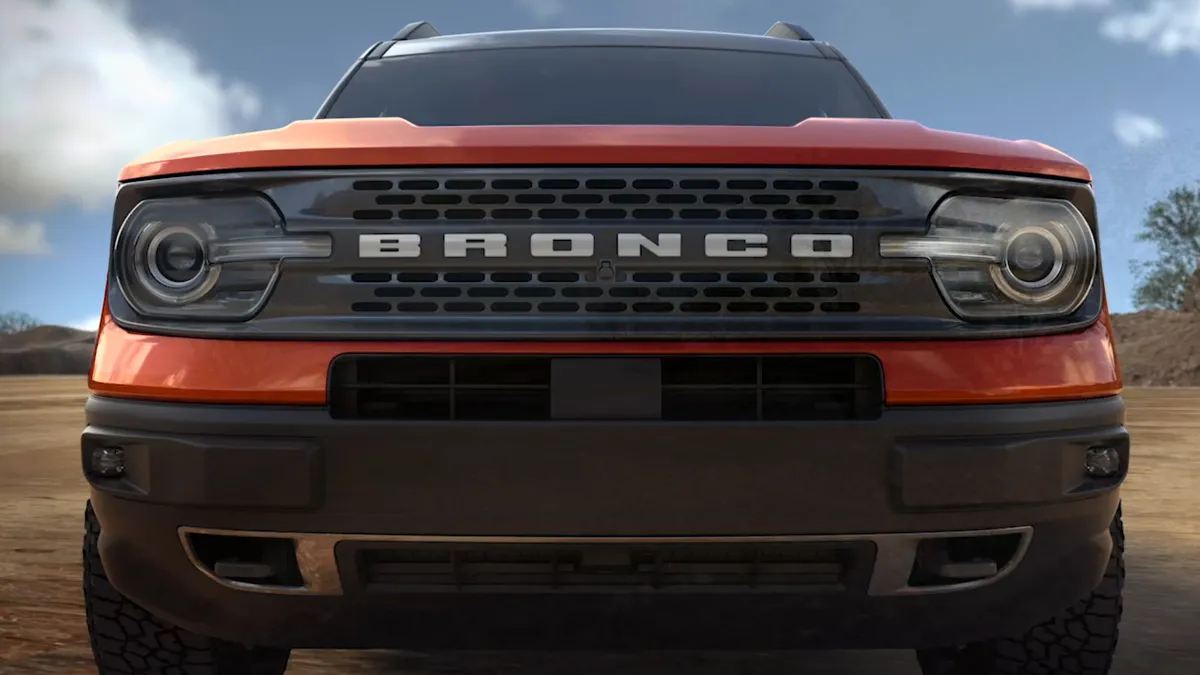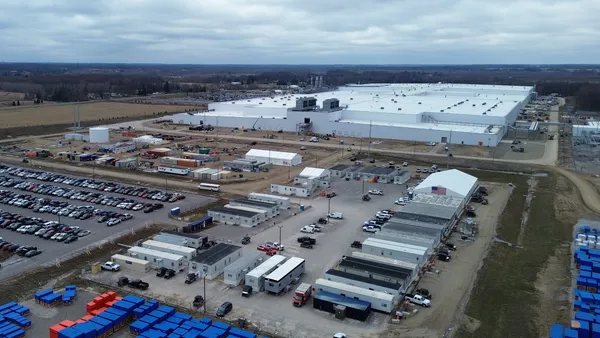In late August, Unifor, the union representing more than 18,000 autoworkers in Canada, announced that it had selected Ford Motor Company as the target for its negotiations with the Big Three automakers, which also includes General Motors and Stellantis. After Unifor strikes a deal with Ford, it plans to use the resulting contract as a model for its labor agreements with the other two companies.
“Ford was selected as the target because we believe that the company is in the best position to reach an agreement that delivers on the needs of our members and sets a strong pattern for Canada’s auto industry,” Unifor National President Lana Payne said in an August statement.
If a deal isn’t reached on or before Sept. 18, when the current contract expires, Unifor will strike against Ford.
The strategy of “pattern bargaining” — negotiating with one company and then bargaining a similar contract with the others to standardize wages — has been the usual negotiation strategy among auto worker unions in the United States and Canada since after World War II. However, this year, the U.S.-based United Auto Workers upset that tradition by determining it would not choose a target company and would instead negotiate with all three companies at the same time.
While UAW leadership is threatening to strike select plants, Unifor leadership has been less transparent with its membership on the bargaining process than the American union, which regularly hosts Facebook Live events with new UAW President Shawn Fain. Still, Payne insists that the union is ready to strike.
The contract negotiations are taking place after the Big Three have made extraordinary profits, increasing the chances that the unions could win big. Unlike the new, more aggressive UAW, Unifor is approaching bargaining much as it usually would.
Yet Unifor’s goals are similar to the UAW’s: higher pay, stronger pensions and greater job security in light of the transition to electric vehicles. According to John Holmes, professor emeritus in the department of geography and planning at Queen’s University, one reason Unifor is targeting Ford is because the company is further along than GM and Stellantis in the transition to EV production.
And like the UAW, Unifor has a strike mandate, with more than 98% of voting members authorizing a strike should negotiations turn south.
Competition vs. collaboration
For the first time in more than 20 years, Unifor and the UAW are negotiating contracts at the same time. While the two unions have worked together in the past, experts suggested competition may be more likely than collaboration.
Unifor and the UAW are separate unions now, but it wasn’t always that way. Now named Unifor, the union was part of the United Auto Workers as UAW Canada. However, when the American auto industry was struggling in 1985, the Canadian wing broke away from the UAW because it did not agree with the concessions the American union supported. That year, UAW Canada became the Canadian Auto Workers, which in 2013 merged with the Communications, Energy and Paperworkers Union to form Unifor, the largest private sector union in Canada.
After the break from the UAW, Unifor was traditionally more decentralized and democratic than the UAW and won more automaker concessions than the American union, said Tod Rutherford, a professor in the geography and environment department in the Maxwell School of Citizenship and Public Affairs at Syracuse University.
But then the bloodletting started, with Canada losing production and assembly facilities beginning in the early 2000s. Like the UAW, the union took heavy concessions during the 2007-2008 financial crisis, including hits to pensions and cost-of-living adjustments. The UAW agreed to the introduction of a two-tier wage and benefit system through which workers hired after 2007 earn less for the same work. The Canadian union agreed to a two-tier wage system in 2012, with the gap between wage tiers closing after 10 years on the job.
“I think there's always going to be tension, obviously, when you're trying to fight for investment for your members,” Payne said when asked about competition between the two unions during the Federal Reserve Bank of Chicago’s 29th Annual Automotive Insights Symposium in January.
If any Big Three automakers want to invest in the manufacturing areas around the Great Lakes, they would invest in one industry across two countries. Even if Canadian wages are nominally higher than U.S. wages, the exchange rate between the two countries’ currencies allows Canadian wages to remain competitive, Holmes said.
“The two unions each have their own members that they have to look out for,” said Jim Stanford, an economist and director of Canada’s Centre for Future Work. But “the two countries’ supply chains cannot be disentangled.”
Two countries, one industry
In the U.S., the auto industry is concentrated in the Midwest but spread throughout the country. But Canada’s auto industry is “essentially an industry in southwest Ontario,” Holmes said. “Ontario is really just part of this highly integrated automotive production system around the Great Lakes region,” he said, which includes U.S. states such as Michigan, Indiana and Ohio. Parts manufactured in Canada are exported to the U.S., and U.S.-made components are shipped to Canada; investment in one country’s industry still supports the other.
In other words, the Canadian auto industry does not exist in a vacuum. In fact, 85% of cars built in Canada are exported to the U.S.
“A car can cross the border up to a dozen times while it’s being manufactured,” Rutherford said. With such integration and no tariffs or taxes, “effectively there is no border,” he said.
That means a Unifor strike in Canada would shake the U.S., while a UAW strike would disrupt Canada’s auto industry. Canada’s assembly plants rely on parts made in the U.S., and U.S. assembly plants use components made in Canada. Windsor, for example, is home to significant Ford engine production that, if struck, would send shock waves across the industry. Holmes said the 1998 GM strike at key component plants in Flint, Michigan, caused virtually all GM production to halt in a matter of weeks.
Given the automakers’ large profits, a tight labor market and a membership willing to strike, the two unions have the most bargaining power they’ve had in nearly 50 years, Rutherford said.
They “may not get everything,” he said. “But [they’re] in a position to get a lot more than they’ve got.”


